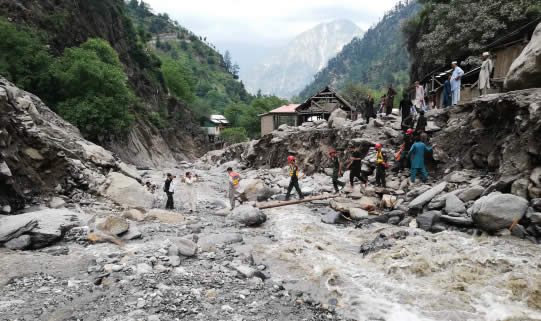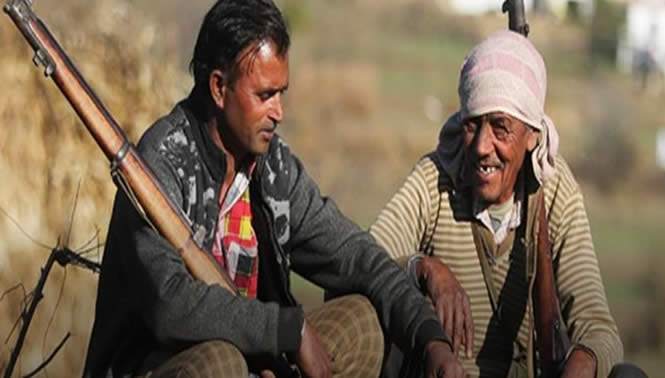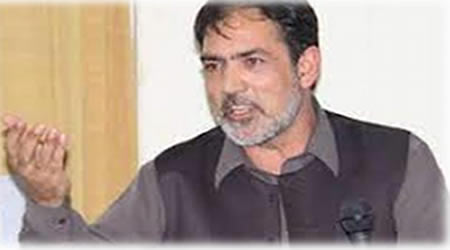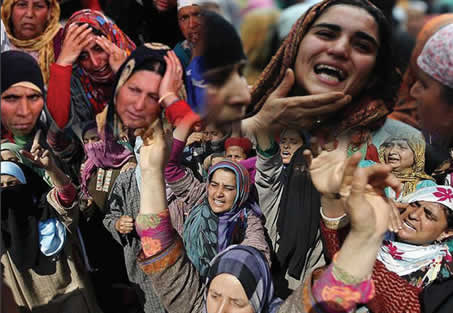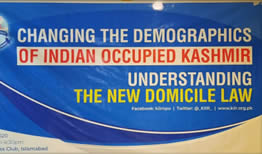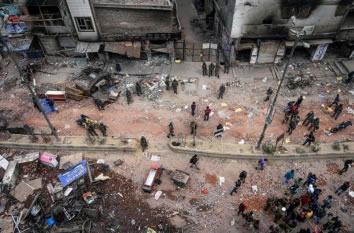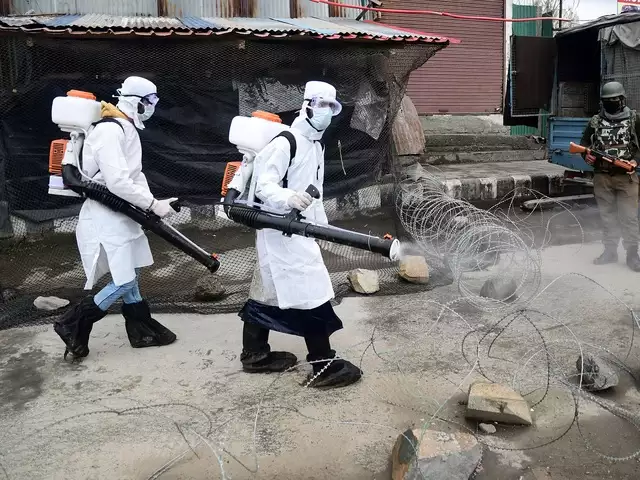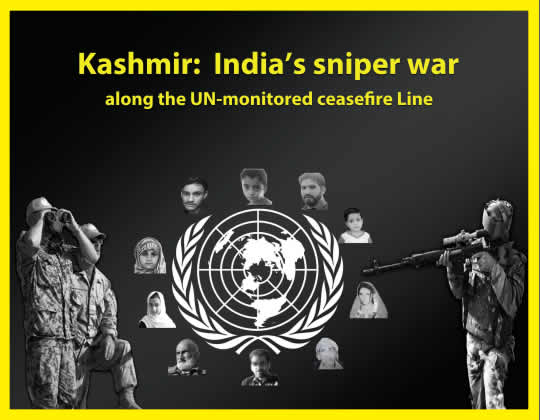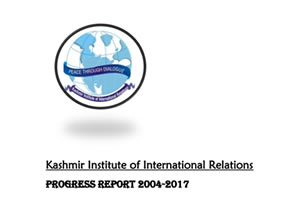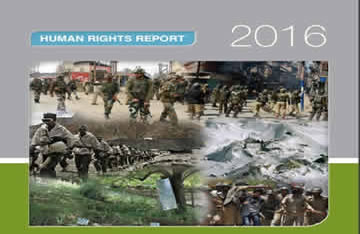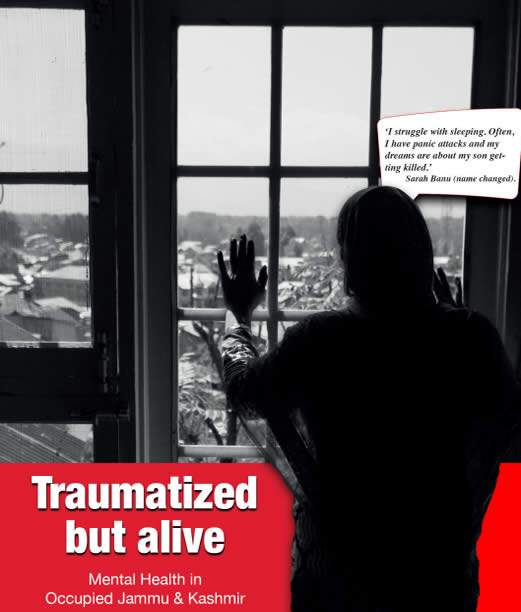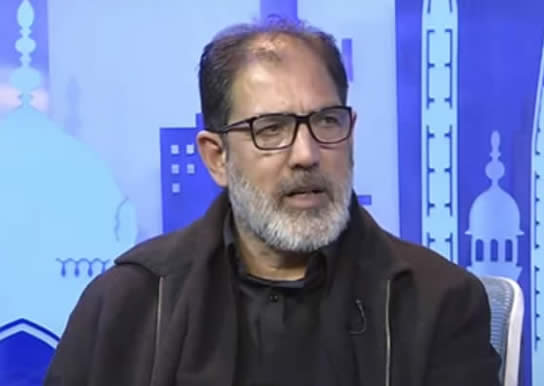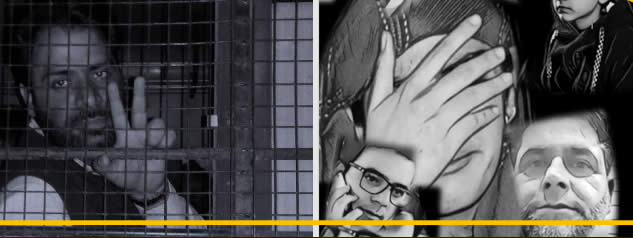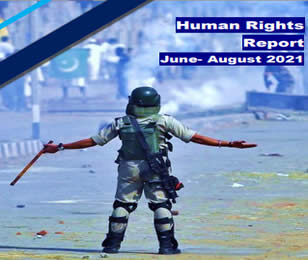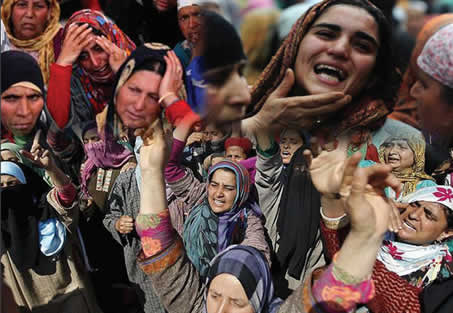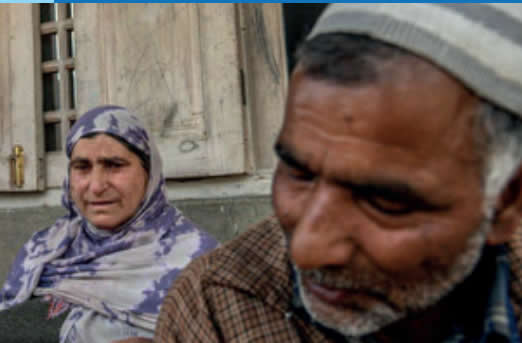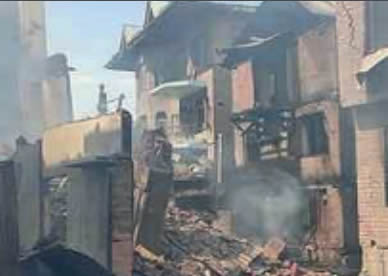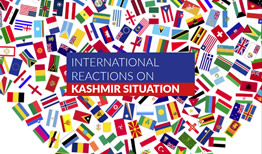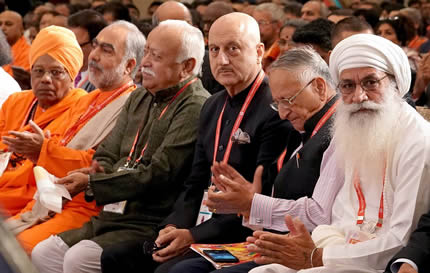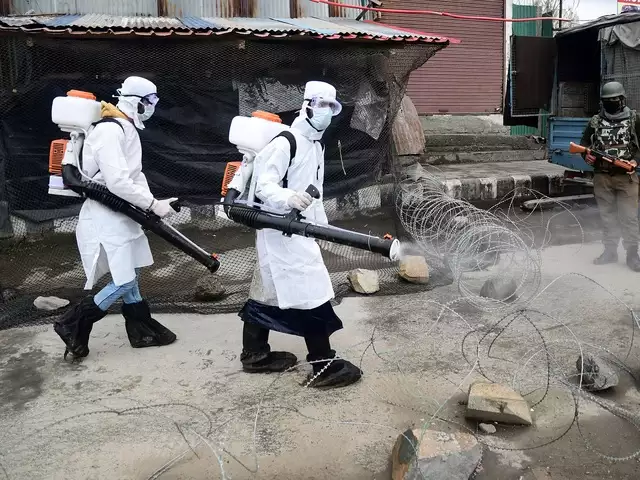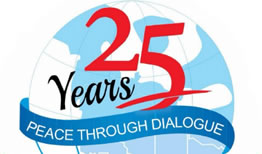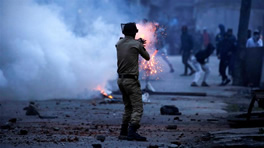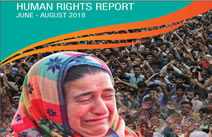War without Gunfire: How Fake Footage Backfired on India
War without Gunfire: How Fake Footage Backfired on India
India’s disinformation campaign backfired as dramatic footage, aired by major channels, was exposed as recycled clips from past conflicts and even video games.
On May 7, the news headlines were explosive: “Karachi Port Destroyed by Indian Navy!” Indian television channels aired fiery visuals, smoke, flames, falling missiles. Anchors spoke with pride, analysts speculated on next moves. Social media lit up with hashtags like #SindoorStrike and #KarachiFallen. Within minutes, millions of users were sharing videos, memes and patriotic slogans. But the celebration was built on fiction. The videos aired by India Today and Aaj Tak showed dramatic night strikes. Social media platforms joined the frenzy, as propaganda overwhelmed timelines with doctored clips and recycled war footage to create a false image of victory. One clip showed missiles lighting up the sky. Another claimed to show chaos in Pakistani streets, bloodied civilians, destroyed buildings and screaming children. The footages were shocking as well as fake.
Fact-checkers quickly exposed the truth. The missile video was from Iranian strikes on Israel, aired months earlier. The scenes of civilian panic were from Gaza, not Karachi. Even images of downed jets used to show supposed Pakistani retaliation were traced back to unrelated crashes in India, one in Gujarat, another in Rajasthan. The most absurd moment came when Indian media claimed Pakistan’s army chief had been captured in a coup. That, too, turned out to be baseless. No coup, no capture, only imagination broadcast as news. Then came the real-time debunking. Citizens in Karachi went live from the port. Videos showed intact buildings, calm skies, ships unloading cargo. The Karachi Port Authority’s official X account briefly echoed the attack claim, then deleted the post, explaining it had been hacked. There had been no strike.
International media outlets began to report the falsehood. Middle East Eye, Al Jazeera and Reuters ran detailed analyses, exposing how Indian media had broadcast old and manipulated footage. Even Indian platforms like Outlook and The Wire stepped in to clarify the record. The mood shifted from triumph to embarrassment. Indians called out their own media, “We fed ourselves Bollywood war scenes and called it news
.” Another posted, “In trying to win the narrative, we’ve lost our dignity.” Under public pressure, India Today issued a formal apology, admitting the footage was unverified. Aaj Tak blamed a technical lapse. But the damage was done. Diplomats abroad raised eyebrows. Trust in Indian journalism took a hit. India tried to fight a war on screens. But the only realstrike was against its own credibility. And this time, the world was watching
Related Reports
























